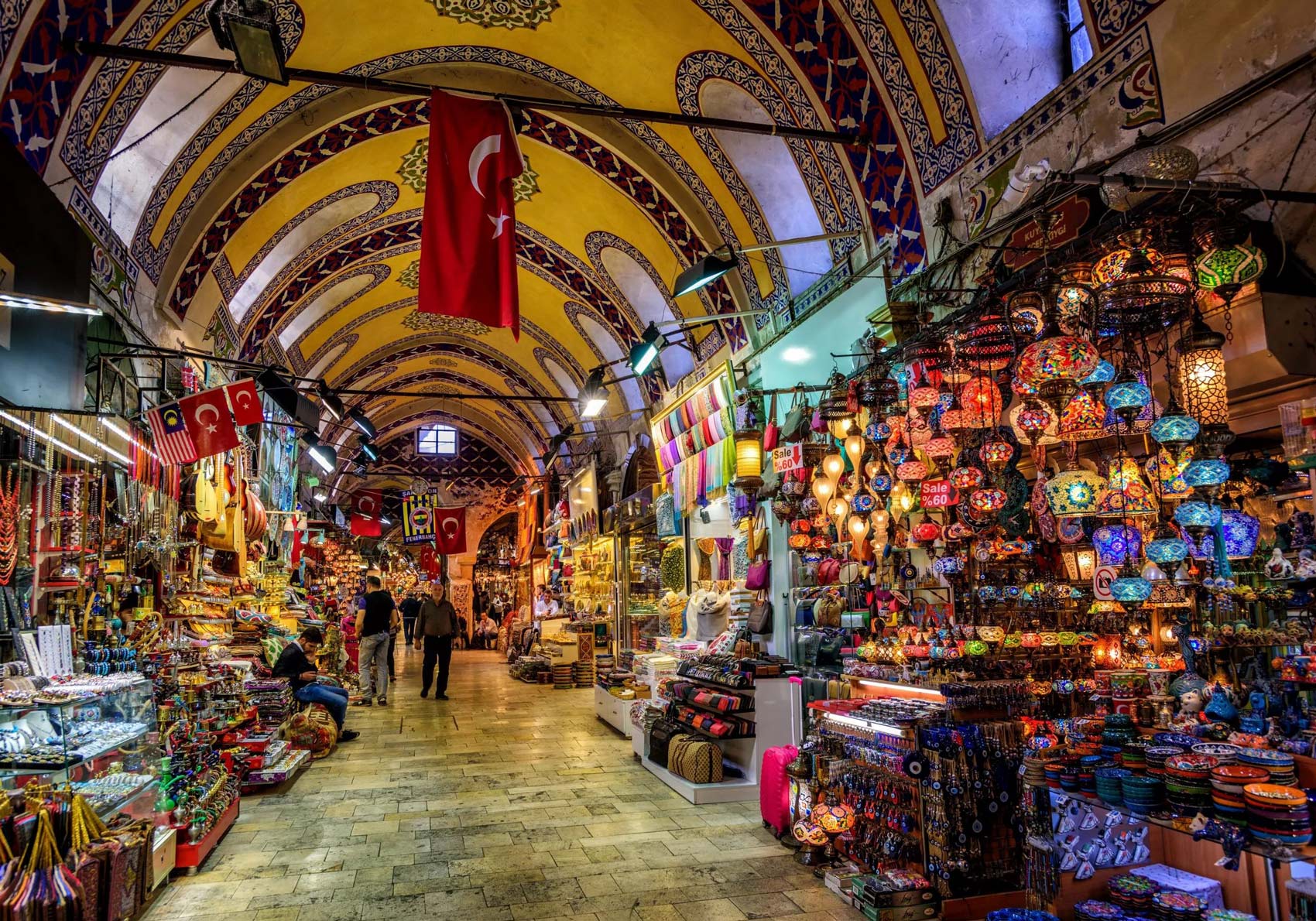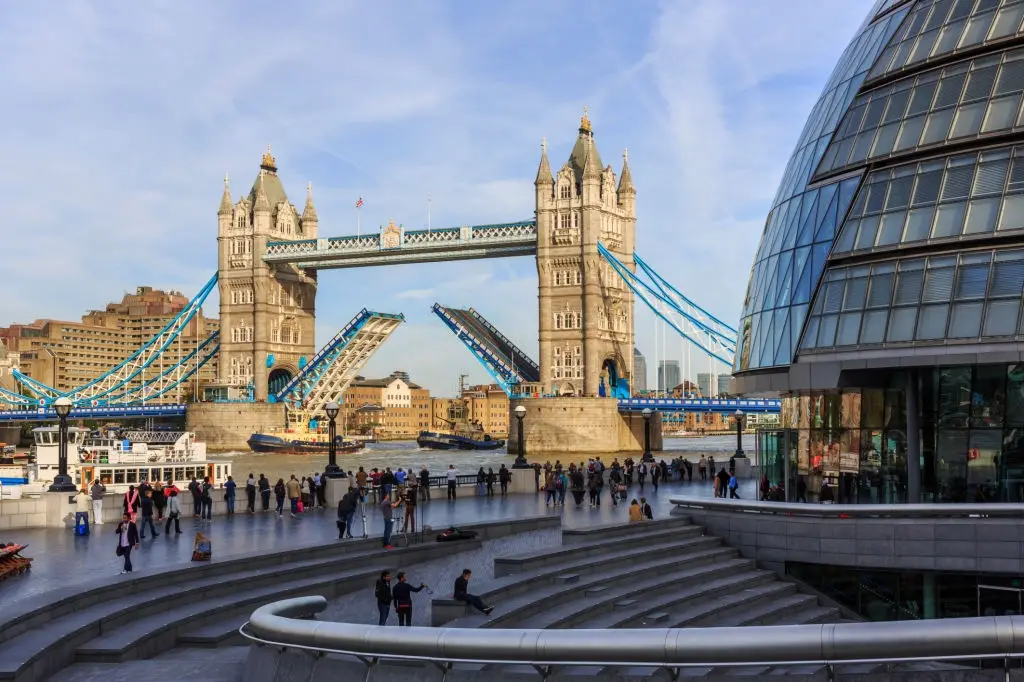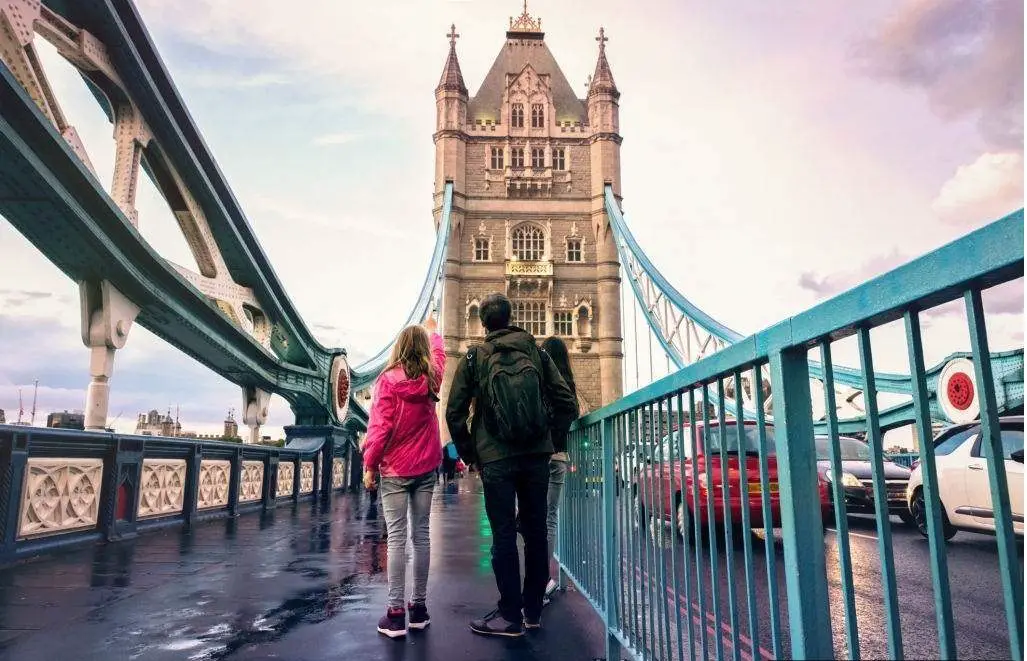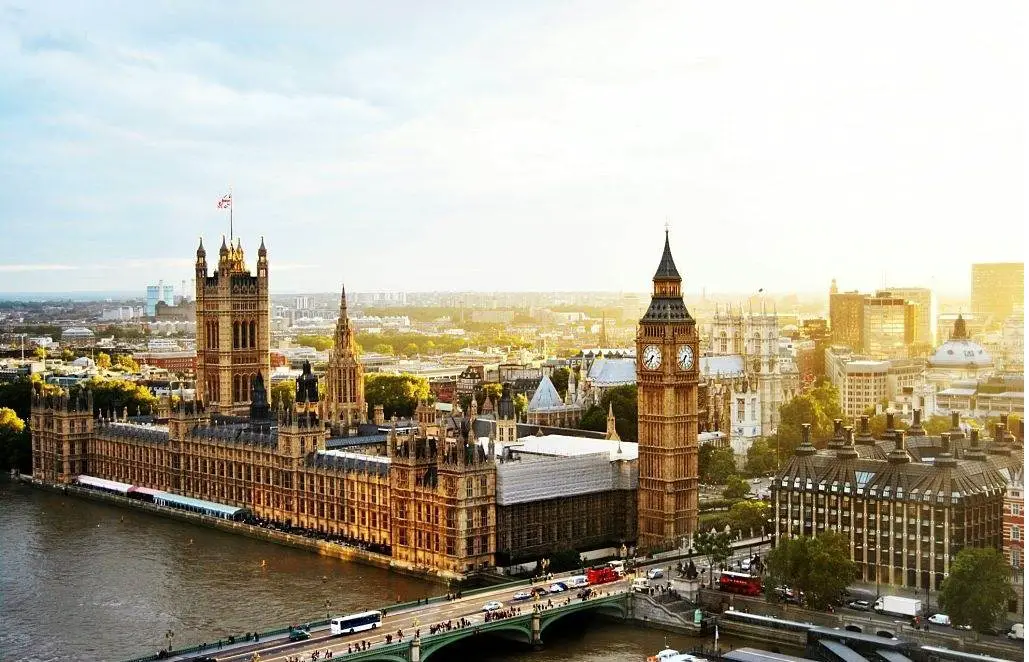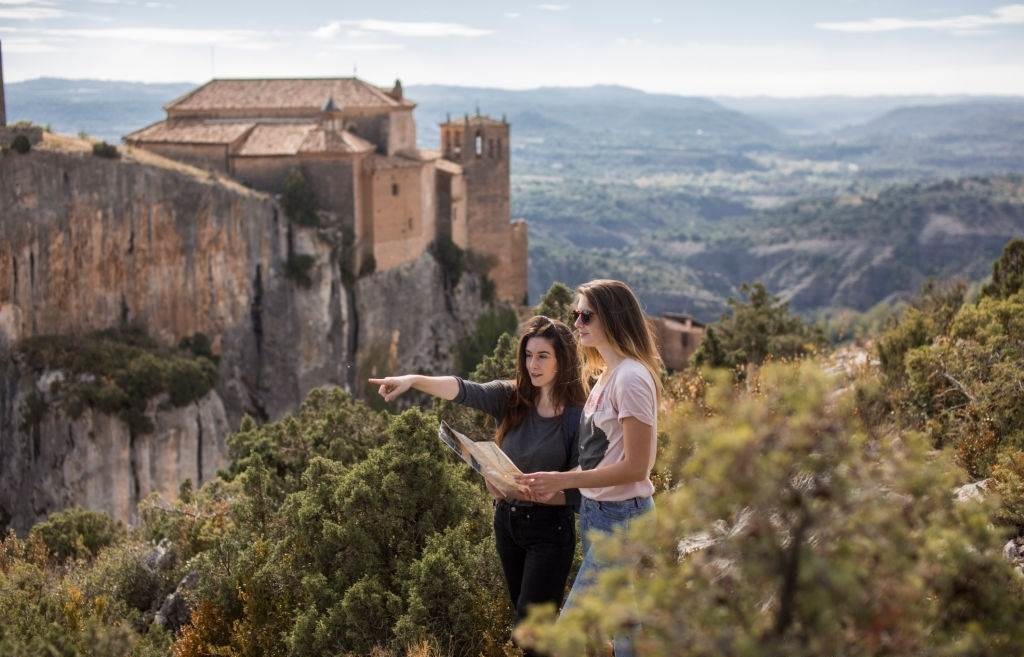The Grand Bazaar in Istanbul is not just a market; it is a living city under a roof. With 61 covered streets and thousands of shops, it has animated the commercial life of the Old City for centuries and still attracts hundreds of thousands of visitors on a busy day. Step under its vaulted ceilings and you move through time as much as space, from Ottoman bedestens to contemporary ateliers, from quiet antique corners to glittering gold rows.
The Grand Bazaar Overview and Why It Matters
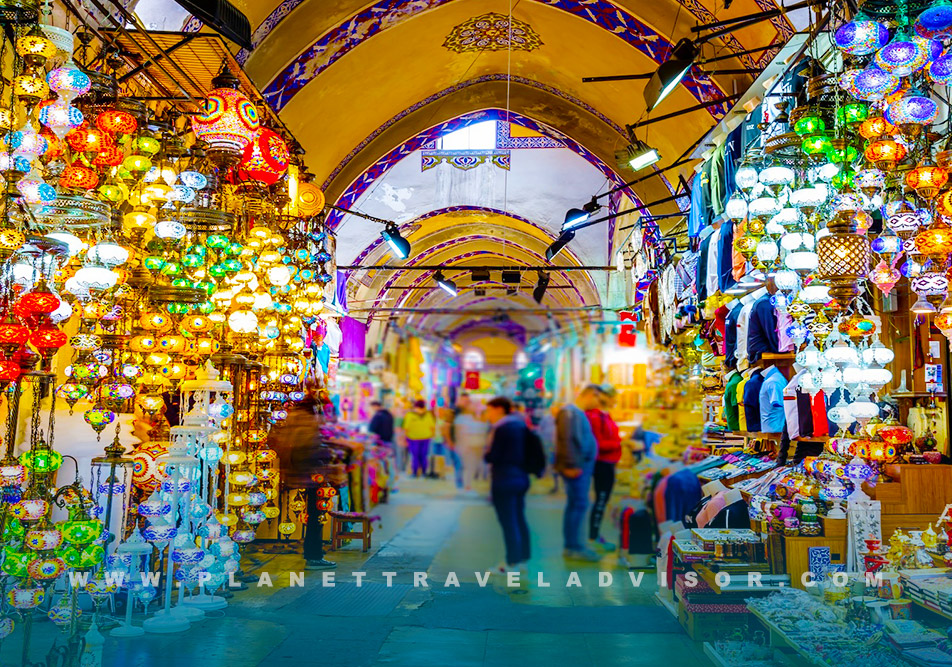
Known in Turkish as Kapalıçarşı or the “Covered Market” the Grand Bazaar in Istanbul is among the world’s oldest and largest covered markets. Its core dates to the reign of Mehmed II in the mid-15th century and grew with the empire’s reach, eventually becoming a hub where merchants from three continents exchanged silk, spices, silver, books, and ideas. Today, the bazaar remains a vital, working marketplace and a major landmark, one that employs tens of thousands and can see an estimated 250,000–400,000 daily visitors in peak periods.
For travelers, the appeal is twofold. First, the architecture: a network of domed halls, arched lanes, and historic caravanserais that survived fires and earthquakes and continues to be restored in phases. Second, the experience: conversation over tea, bargaining as performance art, and a treasure hunt that can lead from hand-painted İznik-style ceramics to hand-knotted carpets, from leather and lamps to fine jewelry.
History and Evolution of the Grand Bazaar in Istanbul
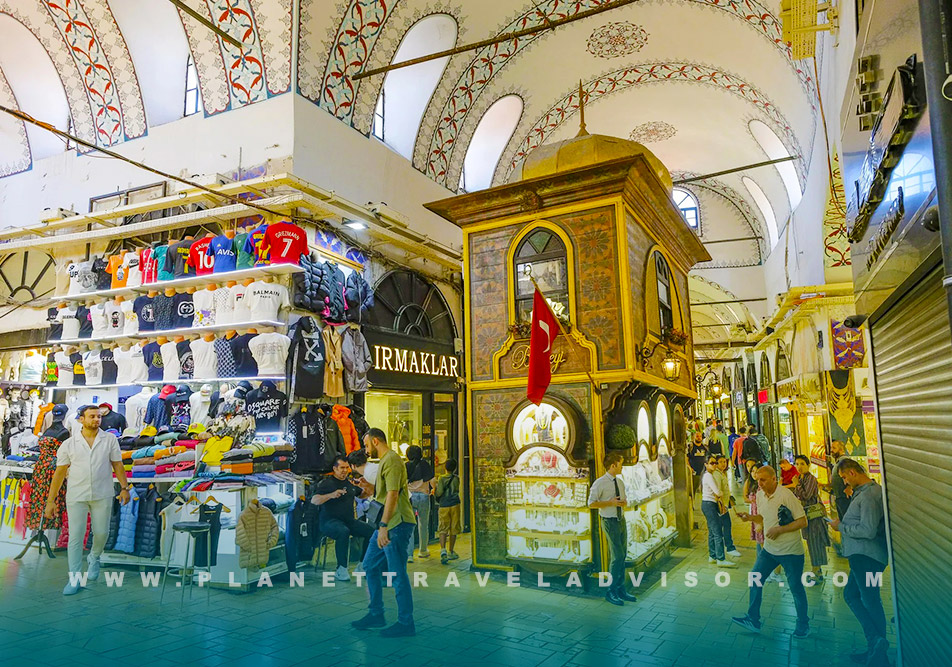
The story begins soon after the 1453 conquest of Constantinople. In 1455/56, Sultan Mehmed II ordered the construction of a covered market building devoted to luxury goods, textiles, and jewels, called the Cevahir Bedesteni. A second bedesten, the Sandal Bedesteni, followed, and around these two anchors the bazaar grew organically as traders filled the lanes between them. By the 17th century, the Grand Bazaar in Istanbul had assumed a recognizable form with two main arteries and a dense grid of specialty streets.
Its long life has not been gentle. Major fires in the 16th–18th centuries, a devastating earthquake in 1894, and periodic blazes into the 20th century reshaped the fabric each time. Yet the bazaar’s resilience is remarkable: it was repeatedly rebuilt, with gates and structural reinforcements added during restorations, including important works after 1894.
Most recently, a multi-year restoration reinforced the vast roof, tens of thousands of red tiles were replaced one by one, removed ad-hoc rooftop add-ons, and improved waterproofing. That phase reached a milestone in 2019, part of an ongoing effort to balance heritage preservation with the realities of a 21st-century trading complex.
Grand Bazaar Layout, Gates, and Neighborhoods
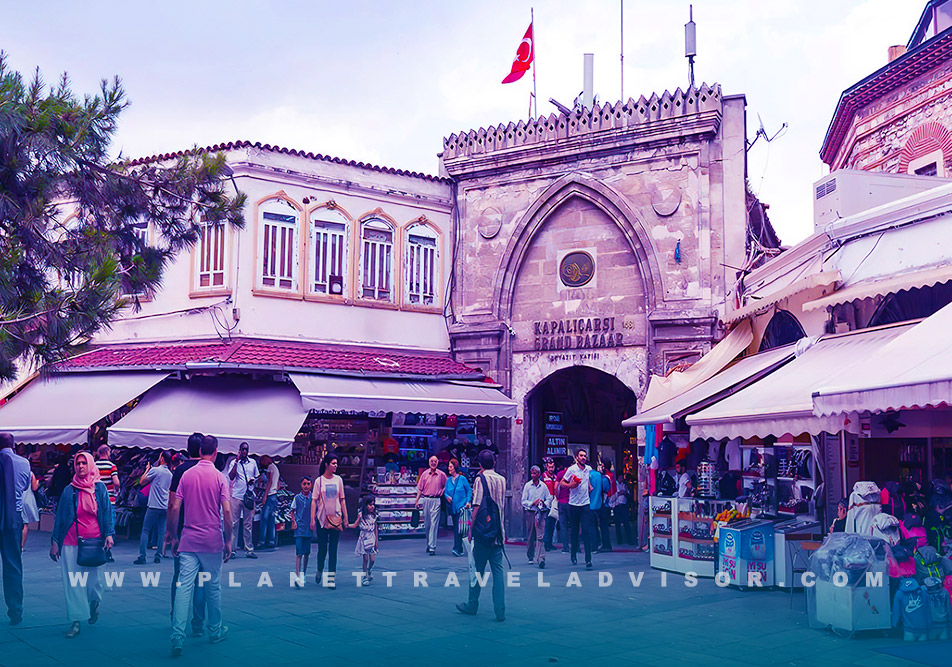
The Grand Bazaar in Istanbul is easiest to understand if you picture two main streets crossing near the southwest of the complex, with smaller lanes radiating out and looping back. The east–west artery, Kalpakçılar Caddesi, links Beyazıt Square to Nuruosmaniye Mosque; the north–south artery is Yağlıkçılar. Four principal gates sit at their ends, added during late-19th-century works, and you will also find multiple secondary entrances around the perimeter.
Two historic domed halls, the bedestens, form the bazaar’s core: the Cevahir (İç/Eski) Bedesteni, the original 15th-century market hall, and the Sandal Bedesteni. The bedesten historically concentrated luxury trades; the surrounding streets clustered shops by craft (a tradition that continues, even if today’s mix is more eclectic).
Popular entrances have distinct personalities. Nuruosmaniye Gate (near the baroque-era Nuruosmaniye Mosque) flows quickly into jewelry and gold districts; Beyazıt Gate lends easy access to leather and everyday wares; Mahmutpaşa Gate is a gateway to the warren of lanes running down toward the Spice Bazaar. If you prefer to start with sparkle, enter via Nuruosmaniye; if you want a gentler warm-up, try Beyazıt.
Opening Hours and the Best Time to Visit the Grand Bazaar
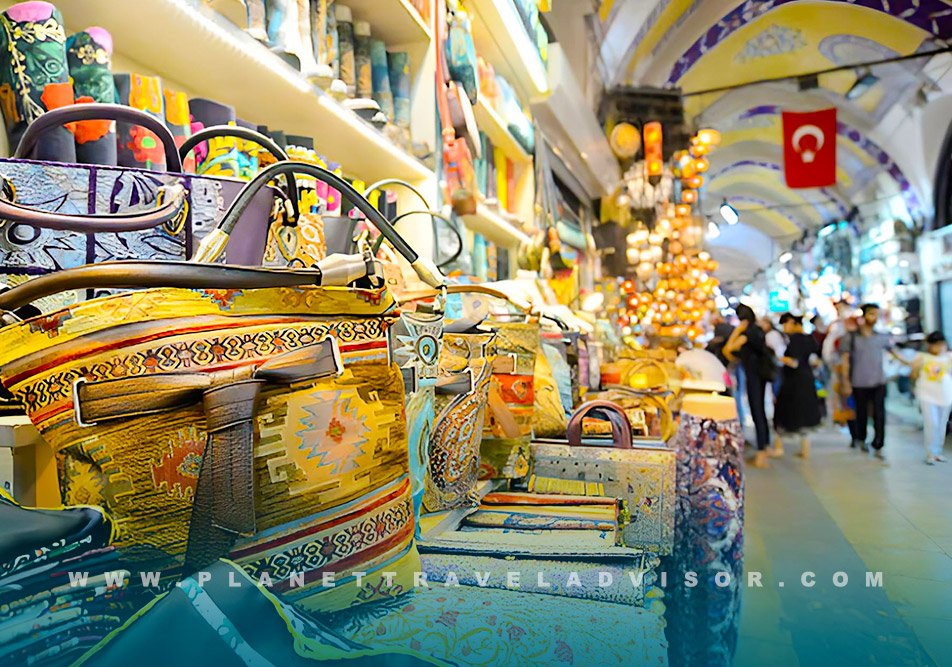
As a rule of thumb, the Grand Bazaar in Istanbul operates Monday–Saturday roughly 08:30/09:00 to 19:00 and is closed on Sundays and the first day of major religious holidays. Precise hours can vary by season and by shop. Multiple current guides confirm the Monday–Saturday pattern, though a few travel sites report seven-day trading; in practice, some outside lanes and nearby shops may open on Sundays, but the covered core is officially shut. Always verify close to your dates.
When to go is as important as how long to stay. Mornings (from opening through about 11:30) are cooler and calmer; early evenings on weekdays can also be pleasant. Midday in high season is the busiest. If your itinerary includes a Sunday in the Old City, consider pairing the area with the Spice Bazaar in Eminönü, which is typically open daily and makes a fine alternative.
How to Get to the Grand Bazaar in Istanbul and the Entrances?
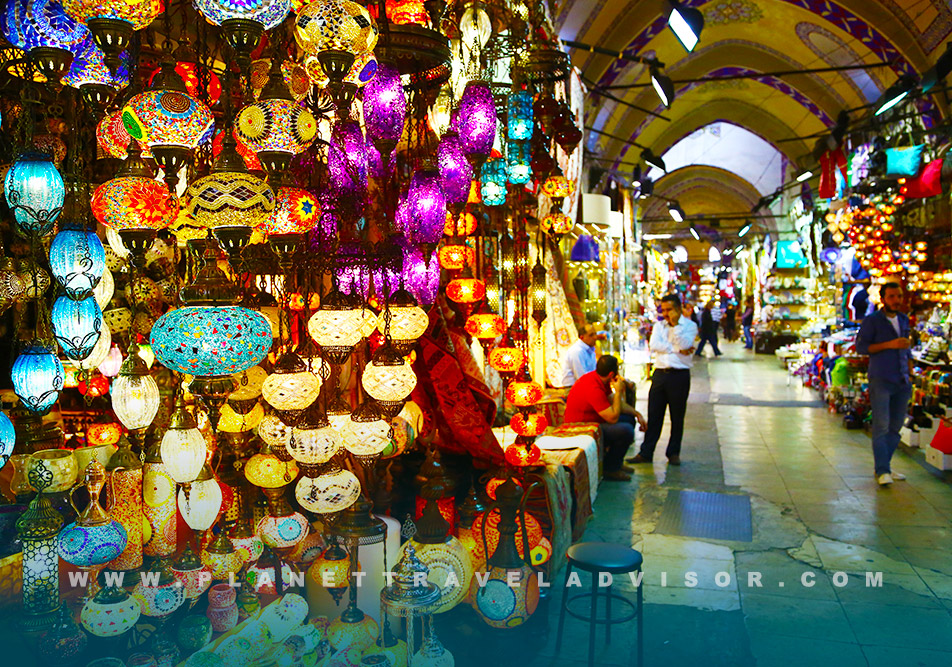
The bazaar sits in the Fatih district between Beyazıt and Nuruosmaniye Mosques. The easiest public transport is the T1 tram to Beyazıt-Kapalıçarşı; from there, it’s a short walk to the main gates. Vezneciler (M2 metro) is within a 10–12-minute walk. Taxis can drop you off at Beyazıt Square or near Nuruosmaniye, but traffic is often slow in the historic peninsula.
First-timers often enter via Nuruosmaniye Gate for its grand arch and quick access to the gold district, or via Beyazıt Gate for a more mixed start. If you plan to hunt antiques, make a beeline for the Cevahir (İç) Bedesteni, the heart of the oldest market hall.
What to Buy from the Grand Bazaar?
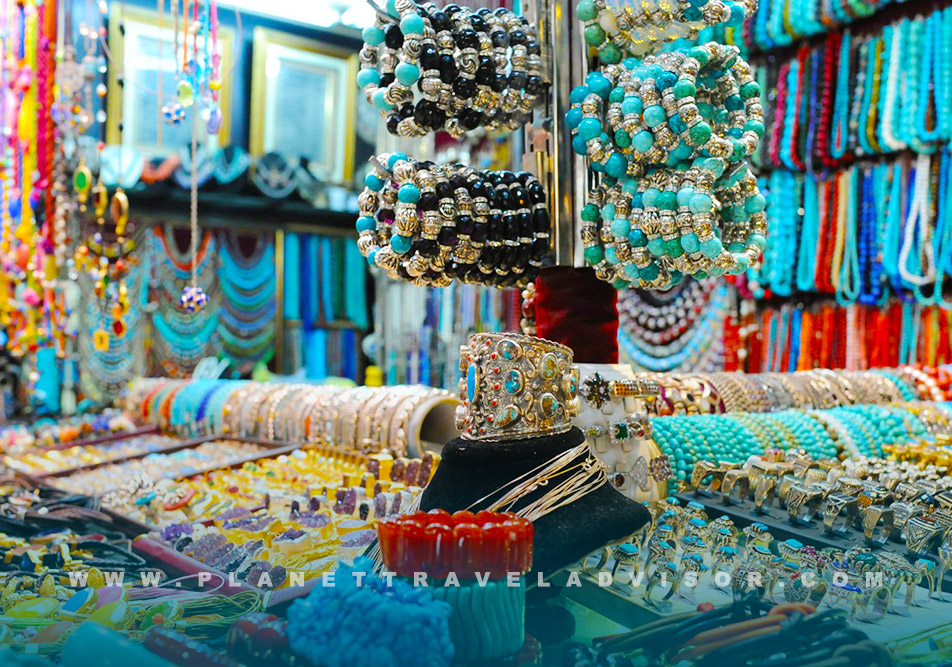
Part of the fun is drifting until something stops you in your tracks. Still, a little orientation helps. Traditional strengths include:
- Jewelry and gold: Kalpakçılar Caddesi and lanes near Nuruosmaniye are brimming with ateliers and showrooms for gold, silver, and precious stones, from classic Ottoman motifs to contemporary designs. Expect top-tier craftsmanship alongside mass-market pieces; examine hallmarks and ask about karat and workmanship.
- Carpets and kilims: You will find everything from sturdy village kilims to fine silk Hereke-style rugs. A reputable dealer will happily explain materials, knots, and provenance, and will show the back of each piece. Shipping is standard for large purchases; more on logistics below.
- Iznik-style ceramics and tiles: Look for hand-painted variations rather than uniform patterns; many studios sign their work. The bazaar also sells mass-produced ware, pretty, but not the same thing.
- Leather and textiles: Jackets, bags, and belts sit near shops selling pashminas, scarves, and traditional garments. If you care about origin, ask; many leather goods are made in Turkey, while some textiles are imported.
- Antiques and collectibles: The Cevahir (İç) Bedesteni hosts antiques and curios, old coins, pipes, clocks, and the like. Be cautious: Turkish law strictly controls the trade and export of antiquities; buy only modern reproductions or items with clear provenance and, when in doubt, walk away.
- Every day souvenirs: Nazar amulets, lamps, backgammon boards, soaps, and spices appear throughout, though the dedicated Spice Bazaar in Eminönü has the strongest focus on food gifts if that is your priority.
Grand Bazaar Bargaining Etiquette and Pricing
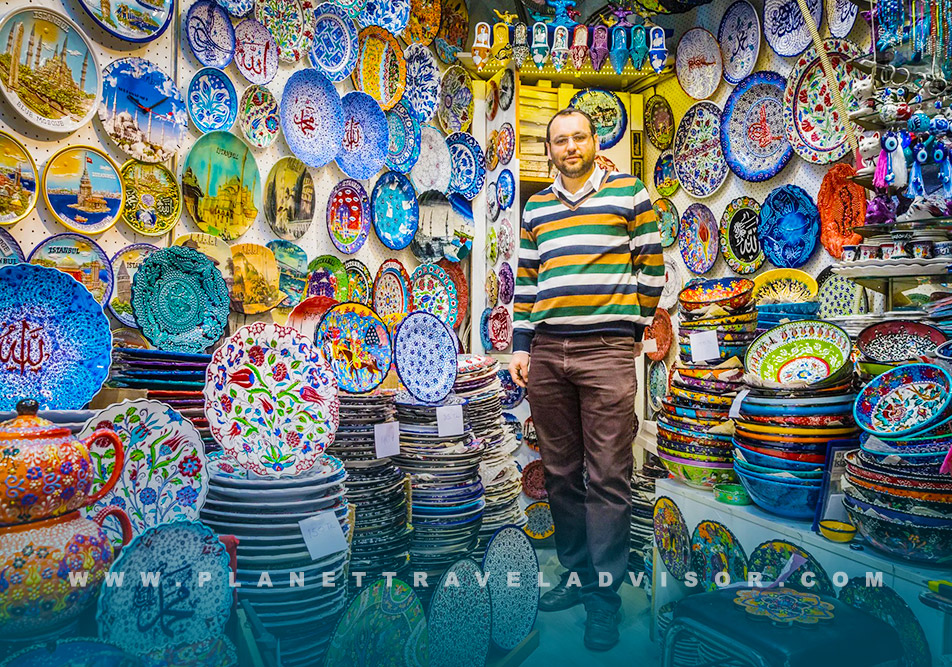
Bargaining here is expected on most non-tagged items, and, done well, it is a friendly ritual rather than a duel. Start with a smile and curiosity; ask the price, compare quality, and be honest about your budget. Many buyers begin with a counteroffer 20–30 percent below the first price and work toward a middle ground. If you do not want an item, a polite “Thank you” and a smile are perfect exits. For further perspective on haggling norms and pacing yourself, major guide publishers echo these general ranges and recommend taking short breaks to keep your judgment sharp.
Set a personal limit before you sit down for tea, and do not be shy about walking away. There is nearly always another shop with a similar piece, and sometimes the act of leaving produces the best offer of the day.
Money, Currency, Safety, and Payments for the Grand Bazaar
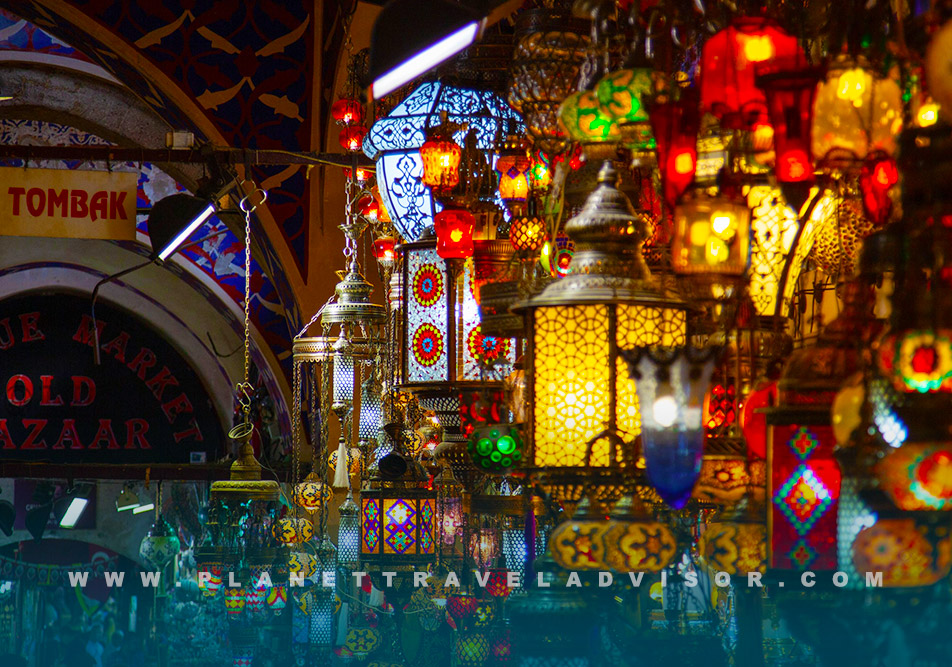
Prices are typically marked or quoted in Turkish lira, though in tourist districts you may also see euro or dollar references. The official currency is the lira, and paying in lira generally gives you clearer pricing. Many vendors accept credit cards, particularly for larger purchases, but cash is still handy for small buys, tips, and lanes where card minimums apply. Travelers’ reports and local guides note that while contactless payments are widespread, smaller purchases often remain cash-preferred.
Two additional money smarts will serve you well: first, if a card terminal asks you to choose your home currency or lira, pick lira to avoid poor exchange rates from dynamic currency conversion; second, keep cards and cash in a secure, zipped pocket and stay aware in crowds, as you would in any major market worldwide.
The Grand Bazaar in Istanbul: Final Thoughts for a Rewarding Visit
The Grand Bazaar in Istanbul rewards slow looking and genuine conversation. Arrive with curiosity, a clear sense of your budget, and comfortable shoes. Start wide on the main drags, then slip into quieter lanes and the bedestens where the bazaar’s history whispers through brick domes and worn stone. If you buy, buy something you will use and love; the best souvenirs carry the memory of a chat with a craftsperson as much as the object itself. And when you step back into daylight at Beyazıt or Nuruosmaniye, take a moment to look at the gates and think about how many centuries of footsteps came before yours, and how many more will follow.
Discover the magic of Turkey with our premium Turkey trip packages, your key to unlocking ancient wonders, rich culture, and breathtaking scenery. Glide past the crowds with fast-track access to must-see landmarks, stay in handpicked boutique hotels, and explore with expert local guides who bring history to life.
Secure your seat now for exclusive seasonal deals and limited departures in spring and autumn. Let the timeless beauty of Istanbul, the dreamlike landscapes of Cappadocia, and the awe-inspiring ruins of Ephesus capture your heart. Your unforgettable journey starts here. Reserve today.

